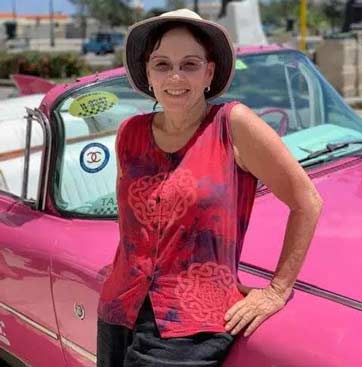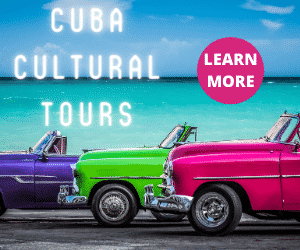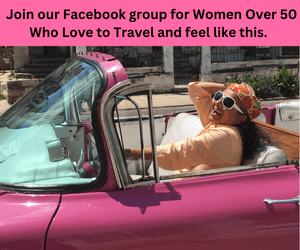Baracoa! Most travelers to Cuba don’t make it as far as this lush, far eastern town but those that do are rewarded with an amazing array of natural beauty and lots of things to do in Baracoa.
Baracoa sits on a sparkling horseshoe-shaped bay facing the Atlantic Ocean on Cuba’s eastern tip, in the province of Guantanamo about 564 miles (872 km) east of Havana.
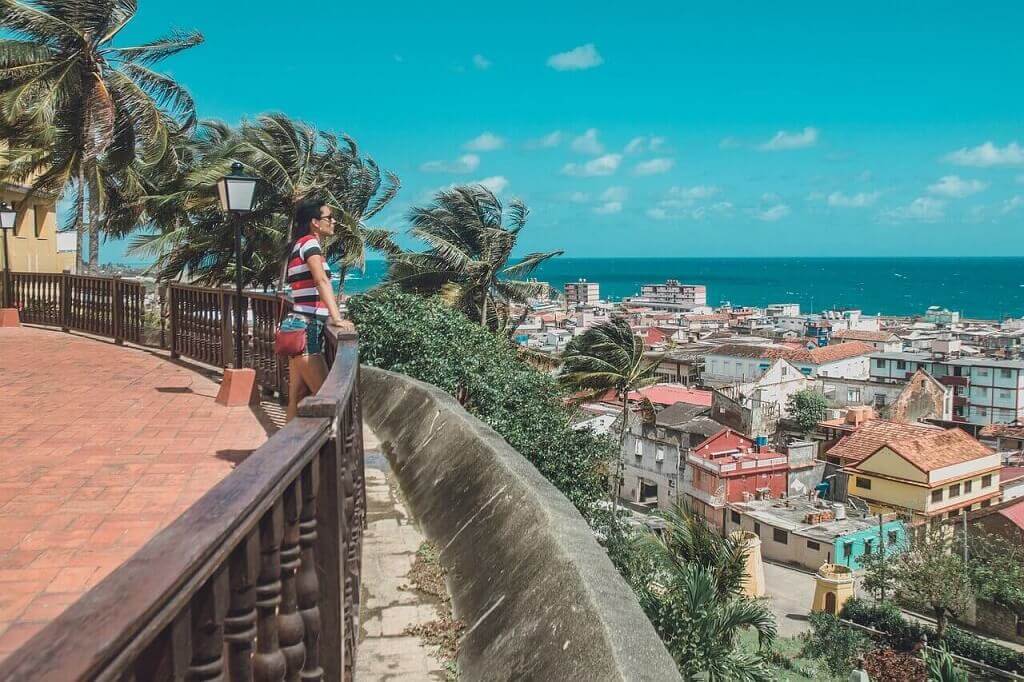
Table of Contents
ToggleA Brief History of Baracoa
Baracoa was visited by Christopher Columbus on the first of his four voyages to the Americas on November 27, 1492.
This town is what Columbus was looking at when he declared the area to be the most beautiful place ever seen by human eyes.
Baracoa was officially founded on August 15, 1511, eight years before Havana, by Spanish conquistador, Diego Velazquez de Cuellar.
He became the first Governor of Cuba and made Baracoa the capital of the country, hence the town’s moniker of “Cuba’s First City.”
The original inhabitants of Cuba were the Taino Indians most of who were decimated shortly after the arrival of the Spaniards.
The Taino had no resistance to the diseases the Spaniards brought with them to the island, thus they perished.
They did not go quietly, however. They organized against the Spaniards and fought back valiantly but were overpowered.
Their leaders, Chief Hatuey and Queen Anacaona were both executed by the Spaniards.
There is a small museum set in a series of caves in hills outside of Baracoa which describes the lives and culture of the Taino before the Spanish colonization.
It is a bit of a walk to the museum but the views of the bay from the hills are rewarding.
The Spaniards landed in Baracoa and made it the capital of Cuba largely because it was the closest spot to Spain.
What they didn’t count on was the fact that Baracoa was surrounded by a very high mountain range, the Sierra del Purial, on one side and the Atlantic Ocean on the other. This made the town quite remote and isolated.
Over time the Spaniards abandoned Baracoa in favor of more easily accessible areas leaving behind fortifications, many of which can still be seen today.
Over the centuries, the only way to visit Baracoa was by sea. In 1960 a 75-mile (120 KM) road was built from Santiago de Cuba connecting Baracoa to the rest of Cuba for the first time in its history.
The road, named “La Farola” which is Spanish for streetlight, winds around the coast and through dense rain forests. It is considered one of the most beautiful drives on the island.
What is Baracoa famous for?
In a country where music is almost sacred, eastern Cuba stands apart as the place where musicians from around the country come to listen and study.
Baracoa sits at the center of the region and its isolation over the centuries means that original music forms have not only survived, but they have also thrived.
Thay have contributed greatly to Cuba’s incredibly rich musical traditions.
This marriage of the African drum and Spanish guitar can be listened to and experienced every night at the many musical venues on Antonio Maceo Street, Baracoa’s main street, named after one of the heroes of the War of Independence against Spain.
You won’t find the glorious colonial architecture of Havana in Baracoa nor the graceful, French-inspired architecture of Cienfuegos or the colorful interior patios of Trinidad.
The buildings are basic. The town has suffered from centuries of wind, rain and hurricanes, and looks a bit run down.
Unlike the big-city-cultural sophistication of Havana – think Fine Arts Museum, world-class ballet, and the Cuban Art Factory (F.A.C.)- Baracoa is all about nature.
It is a farm town of about 80,000 surrounded by tropical rainforests and thick, luxurious vegetation in every imaginable shade of green.
The air is thick with humidity. Fat dew drops condense and drop from the tips of ferociously flourishing plants, all of which contribute to the amazing biodiversity of both flora and fauna.
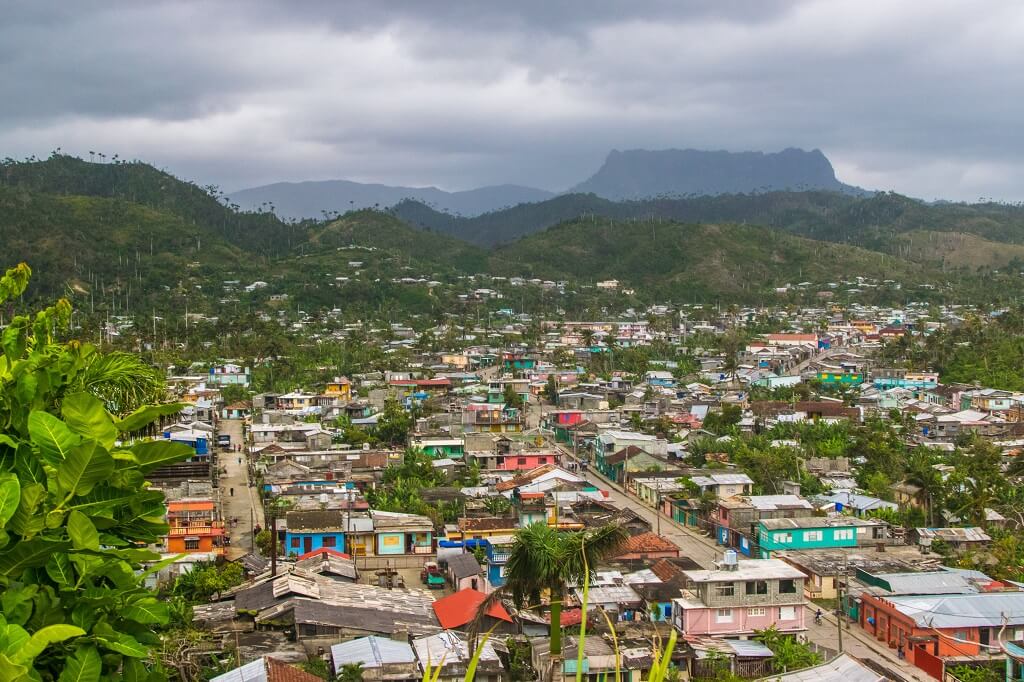

The streets and houses hark back to a tropical village of the early 1900s with horse and buggy transport driven by Cuban cowboys in straw hats. Yet, rather than seeming provincial, Baracoa has an air of authenticity.
The town looks like a setting for a Gabriel Garcia Marquez novel describing the deepest Latin American jungle villages where surreal things can happen.
It is precisely this tropical small-town ambiance- along with its isolation- that gives Baracoa such a unique vibe different from any other Cuban town.
That is also what makes the many things to do in Baracoa so interesting. Nature, history, regional cuisine, music…take your pick in Baracoa.
The best things to do in Baracoa for the nature lover
Cuba is home to nine UNESCO biosphere reserves, more than 250 nature reserves and over 1,500 native species of fauna. The country’s national parks and biosphere reserves are a rich collection of untouched nature.
Baracoa is where you’ll find much of this remarkable biodiversity and some of the best hikes in Cuba. Among the best of these are those found in Alejandro Humboldt National Park.
Discover Humboldt National Park
Named after German scientist Alexander von Humboldt who visited the area in the early 1800s, Alejandro Humboldt National Park straddles both Guantanamo and Holguin provinces and is located about 20 minutes north of Baracoa.
This large national park is a UNESCO World Heritage Site. Within its boundaries, you will see the smallest hummingbirds in the world.
You are also very likely to see hawks, all types of frogs, fat scorpions and lizards so green they are almost fluorescent.
Humboldt National Park has over 900 species including about 50 species of reptiles, 20 amphibians and 10 mammals. The area is also a world-renowned birding area.
There are three main hikes in the park. One is a combination short walk and boat ride through Cuba’s beautiful rivers and the other two are hikes only.
The first hike is at 2.2 miles (3.5 km). The path goes through a wide variety of Caribbean plants and native Cuban trees culminating in a waterfall where you can swim. How cool is that!
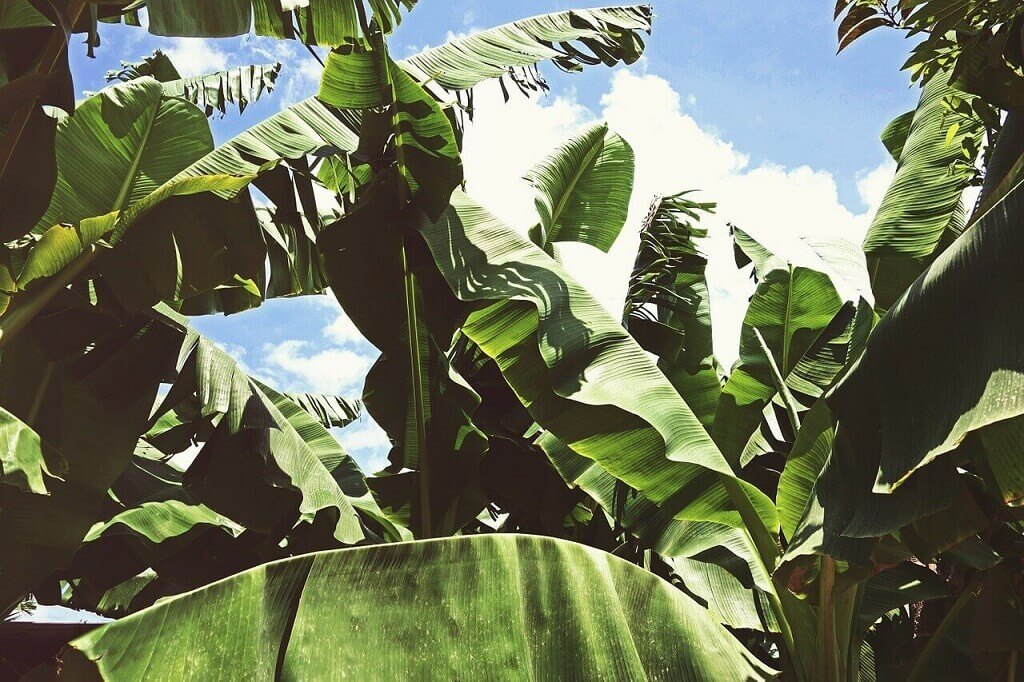
The second hike is slightly over 4 miles (7 km) long, a bit more strenuous and goes through rivers you need to wade through to get across.
A hiker should be in good physical condition to tackle this hike, but you get to see much more biodiversity.
The entrance fee to the park is about $ 10 USD. You can hire a guide at the entrance of the park. Another option is to hire a guide at any of the little tour offices on Antonio Maceo Street.
It is strongly suggested hikers do not go alone into the park. It is easy to get lost and the paths are not as clearly marked as one may be accustomed to in other countries.
Hike El Yunque
El Yunque is one of the most popular hikes in Cuba. It is a flat-top mountain similar to Table Mountain in South Africa. It takes about 2 hours to hike to the top where you will be rewarded with beautiful views.
The hikes start at the visitor’s center where you must hire a guide to accompany you on your hike. This is mandatory.
The hike is usually wet due to the frequent rains so make sure to bring appropriate clothes.
Explore Yumuri Canyon
This canyon lies about 30 km southeast of Baracoa. It is reached via a road that hugs the coast and makes for a beautiful drive. The canyon is about 600 feet (180 meters) deep.
You can hike the canyon, but the big draw is a boat ride and the chance to swim is pristine waters in an untouched tropical jungle.
There are several hikes in the canyon. One is a 4-mile (7 km) hike to steep waterfalls.
If you’re short on time, a visit to the little Boca de Yumuri community at the mouth of the canyon combined with a short walk and boat ride may be the best option.
There are a couple of other hikes but, whichever you choose, try to make sure it includes a dip in one of the natural pools.
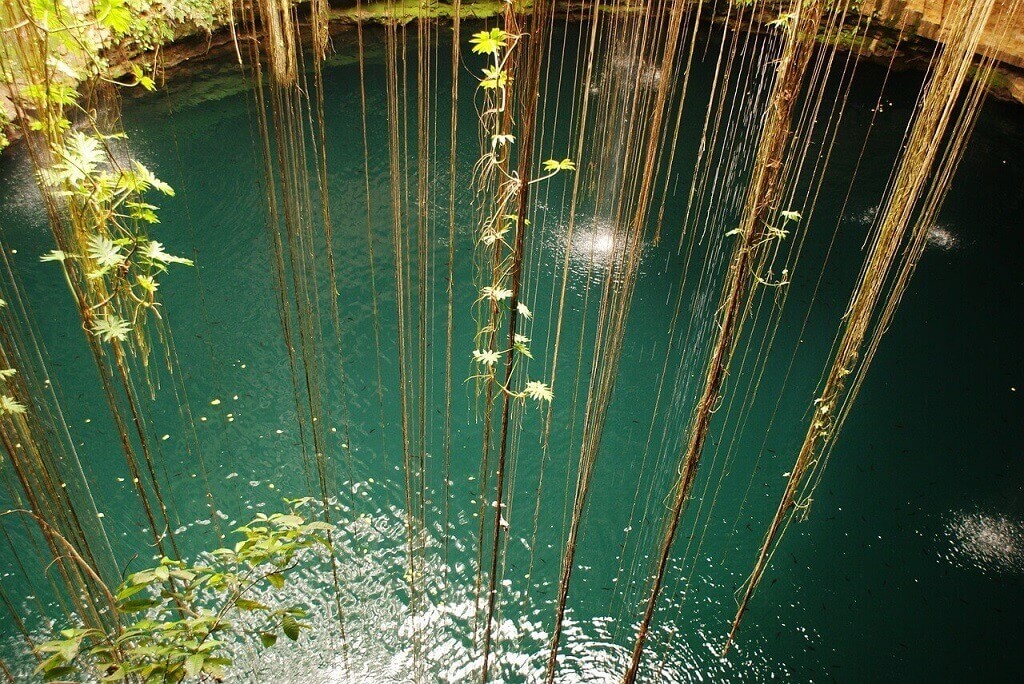
Make sure to take a guide with you on this hike to learn more about the area’s biodiversity and conservation efforts.
A guide can also help you identify the wondrous variety of plants, animals and insects like the butterflies that look like little undulating waves of color against the green of the plants.
Of course, the birds are just spectacular both in their variety and beauty.
Another remarkable sight in the canyon are the polimitas (Polimita picta), tree-dwelling snails native to Baracoa.
They are known for their shells decorated in geometric designs that look like they have been painted on.
The snails are endangered and delicate, and Baracoa is the only place in the world where they can be observed!
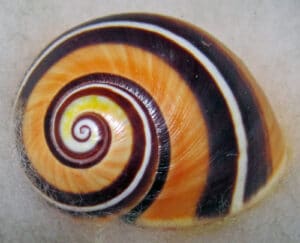
Visit Baracoas pristine beaches
Like any self-respecting Cuban town, Baracoa has world-class beaches and the best beaches in Baracoa are not too far from town making for a great day trip.
Playa Maguana
This honey-colored beach is a local favorite. About 3 miles west of Maguana is Playa Nava, equally beautiful but more secluded as it is farther away from the town.
There are a couple of small restaurants selling seafood on the beach.
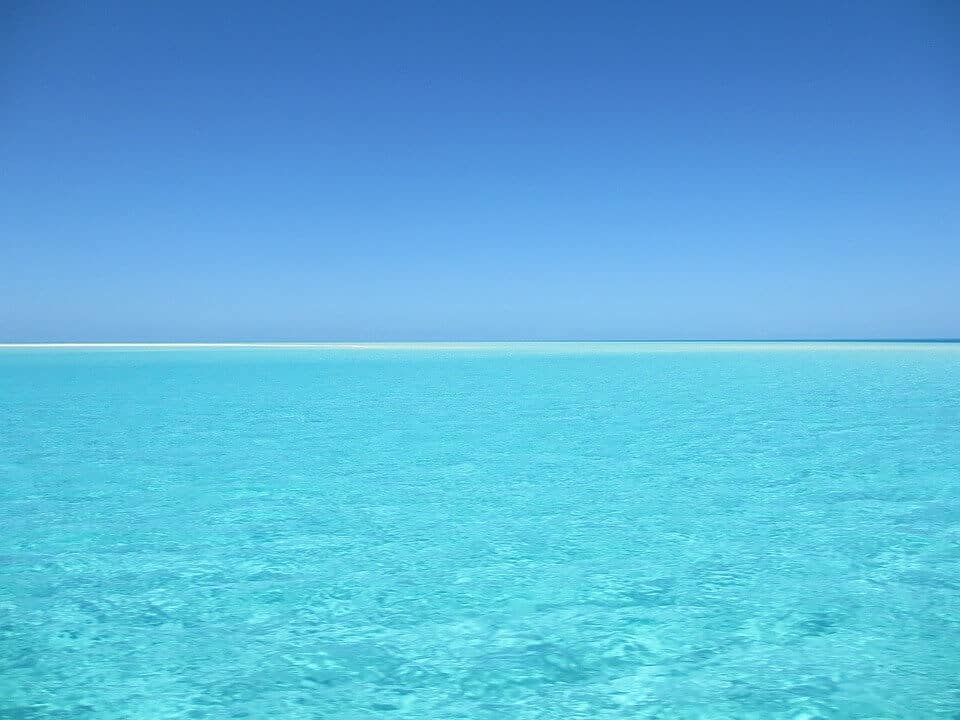
El Manglito
This beach is worth visiting because it is next to a small fishing village. Nearby is Cajuajo, a beach with absolutely no services whatsoever. Just sheer natural beauty.
The best things to do in Baracoa for the history buff and culture vulture
Museo Arqueológico La Cueva del Paraíso
As mentioned above, a small museum set in a series of caves depicting the lives and culture of the native Taino people.
Museo Municipal del Fuerte Matachin
On the outskirts of town are the ruins of a Spanish military fort built in the early 1800s.
The fort itself is not one of Cuba’s most dramatic – that would be San Pedro de la Roca Fortress, a UNESCO World Heritage site in Santiago de Cuba, the country’s second city about 4 hours away – but it is still interesting.
The fort houses a small museum showcasing a bit of Baracoa’s history and culture.
If you missed the colorful snails in one of the parks, you could still see some of the remarkable shells in this museum.
Catedral de Nuestral Senora de la Asuncion
Informally referred to as the Baracoa Cathedral, it was built in 1807 and damaged and rebuilt again several times over the centuries.
The last renovation took place in 2012 and the little cathedral now looks charming and inviting with its arched porticos and freshly painted façade.
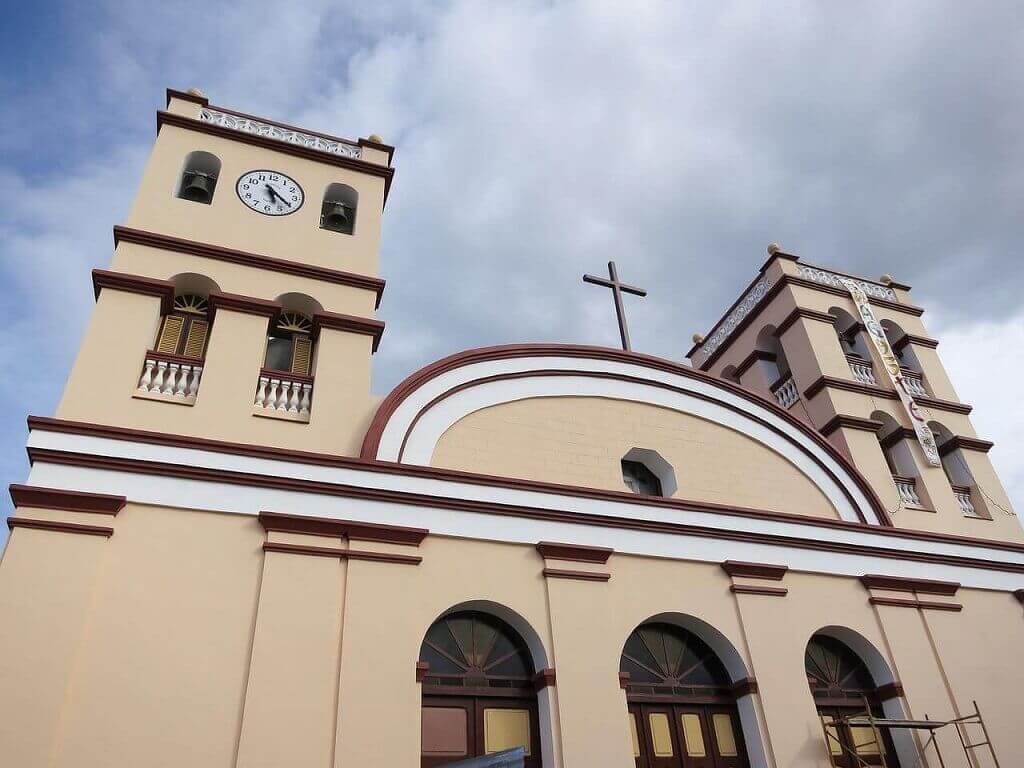
More interesting still is what’s inside the cathedral. The priceless Cruz de la Parra is the only one of the original 29 wooden crosses erected in Baracoa by Christopher Columbus’ crew on the first voyage in 1492.
The cross was originally believed to have been brought over from Spain with Columbus.
However, although carbon dating does date the cross from the late 1400s, the wood is native Cuban so the cross did not come from Spain but was created in Cuba.
Parque Independencia and Antonio Maceo Street
Parque Independencia, “Independence Park” is the heart of the city. It sits directly in front of the cathedral and is a lovely green area with plenty of shade and benches to sit on and watch Baracoans go about their day.
It is also one of the best places to access the internet in town. Antonio Maceo Street, the main drag in Baracoa, is where you will find the city’s commercial heart with restaurants, shops and clubs.
Walk the Malecon and visit the Columbus statue
What’s the big deal about yet another statue of Christopher Columbus? This one is handcrafted, hewn from a single piece of tree.
More interesting still is the actual walk on this seawall that borders the city. You will be rewarded with views of one of the most beautiful bays in Cuba.
The best things to do in Baracoa for the music and nightlife lover
Dance and party the night away at the music venues on Antonio Maceo street.
You can visit them all in one night as they are concentrated in the same location. Some clubs differentiate themselves by the type of music played or the type of venue, indoor vs outdoor covered patio.
The top clubs include La Casa de La Trova with outstanding bands playing classic and contemporary Cuban music.
Nearby is Club 485 in a covered patio and next door is El Paraiso, more of a disco environment.
Across the street is La Terraza, Baracoa’s answer to the Las Vegas floor show. The venue is large and on a rooftop. They sponsor dance contests, comedians and dance routines all supported by a top-notch band.
There are other clubs in the area, both livelier and more sedate. You just have to listen to the music outside and enter the ones that appeal to you.
Entrance fees at these clubs range from $1.00 to $ 3.00 USD. Drinks are more than reasonably priced at about $ 2.00 USD for the local beers, Crystal and Bucanero, which are pretty good.
The classic Cuban cocktails of mojito and daiquiri are available for around $ 2.50 USD.
Rum, of course, is ubiquitous, cheap and rumored to be the best in the world.
The best things to do in Baracoa for the food lover. What to eat in Baracoa
Chocolate
Perhaps the most well-known culinary delight in Baracoa is chocolate.
Baracoa is frequently referred to as the capital of chocolate and this attribute is on full display at “La Casa del Cacao.” This establishment is similar to the “Museum of Chocolate” in Havana.
Sometimes referred to as the “Chocolate House,” this café and sometime music venue bills itself as a chocolate museum. It isn’t.
It just has a couple of posters on the wall describing the chocolate-producing process. But it is still a fun place to visit and sample the product offering.
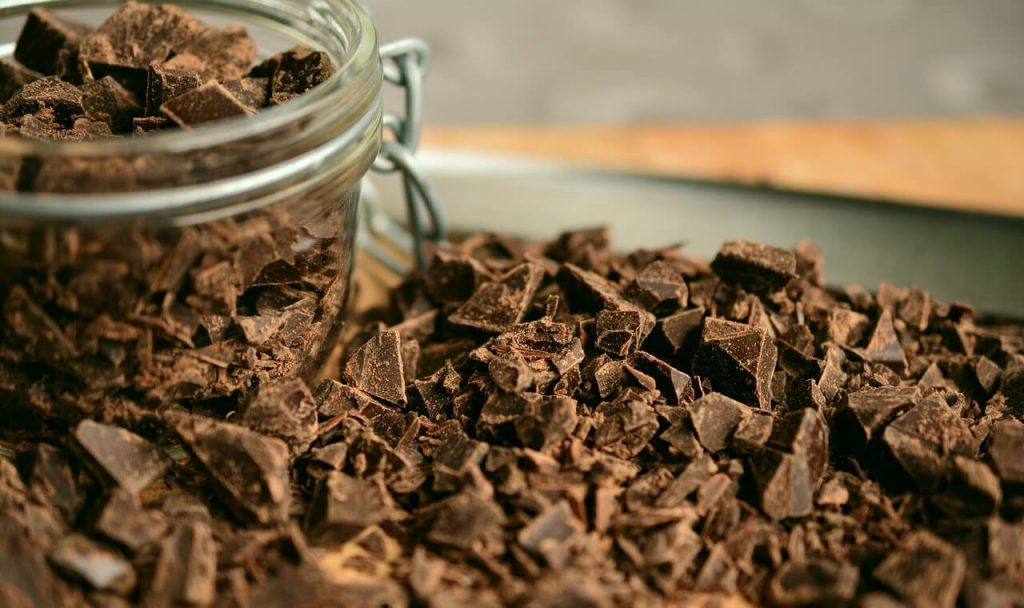
La Casa del Cacao capitalizes on Baracoa’s chocolate-producing reputation selling all kinds of mouth-watering chocolate treats.
The more common offerings include hot or cold chocolate drinks, bonbons, mint chocolate and chocolate with rum.
More unusual, but equally tasty treats are chocolate piña colada and chocolate mousse.
La Casa del Cacao is on Antonio Maceo Street not far from the cathedral.
Coconut dishes
Baracoa is a foodie town with a unique cuisine. Many visitors to Cuba will tell you that the cuisine of Baracoa is the best of Cuba.
Coconut features in many Baracoan recipes especially seafood. The taste can be similar to Thai dishes cooked with coconut, but it really is its own delicious creation.
Cucurucho
A cucurucho is a Baracoan sweet treat. Ingredients like fruit and/or nuts are wrapped in palm leaves to make a cone and sprinkled with coconut flakes and honey.
There are different types of cucuruchos. That is what people are eating when you see them digging into these cones in the street.
Where to eat in Baracoa
The best places to eat in Baracoa are the paladares, just like in the rest of Cuba. A highly rated paladar in Baracoa is El Buen Sabor for fresh seafood and a full bar.
Although a vegetarian restaurant is an oddity in Cuba, Baracoando, a vegetarian restaurant, is tasty, reasonably priced and centrally located.
Where to stay in Baracoa
Just like the best places to eat anywhere in Cuba are the paladares, likewise the best places to stay in Cuba are the casas particulares, or “casas” for short.
These casas are guest houses owned and rented out by local Cubans, similar to a B&B arrangement.
Prices are reasonable, they average around $20.00 to $ 40.00 USD for a room in someone’s home or even a separate apartment in some cases.
Casas range from the very simple single room to high-end accommodations with a pool and rooftop terrace.
The advantages of staying in a casa in Cuba are many. Besides the price, the hostess, usually a woman, will prepare breakfast for you at about $ 5.00 USD.
Cuban breakfasts are delicious with eggs, juice, bread, coffee with milk and the most amazing array of tropical fruits you’ve ever seen. She can also prepare any meal you wish for a modest fee.
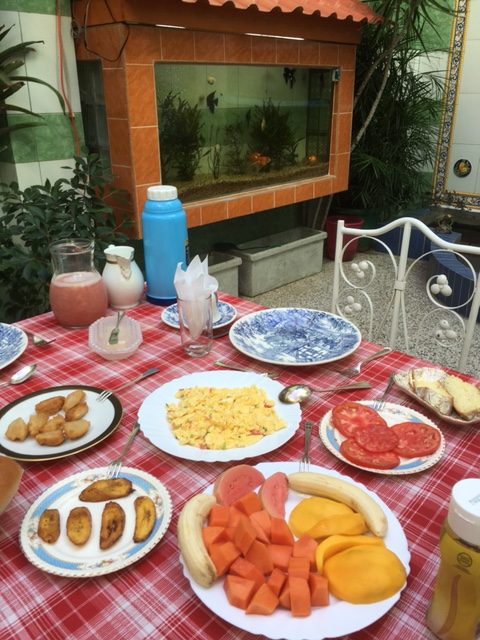
Another big plus for staying at a local casa is that the hostess also functions as a sort of concierge.
She will arrange taxis for you, make restaurant reservations, book tours and book a casa in the next town and generally provide any information you may need.
They receive a small commission for arranging these services from the vendor. A casa hostess’ success is based on her reputation.
She will ensure you are happy so you will recommend her casa.
Finally, the best reason to stay at a casa is that you have an opportunity to interact with a Cuban family.
You live in their home, eat at their table, watch TV in their living room, play with their children and pets and generally make yourself at home.
This is about as truly authentic an experience as you can get.
Baracoa has a wide variety of casas. Find the ideal accommodation in Baracoa in this selection.
If you want to know more about Cuba and Baracoa in particular before you travel there, check out these handy reference books.
What are your thoughts on the best things to do in Baracoa. Does this sound like a place you’d like to visit? Let us know in the comments.
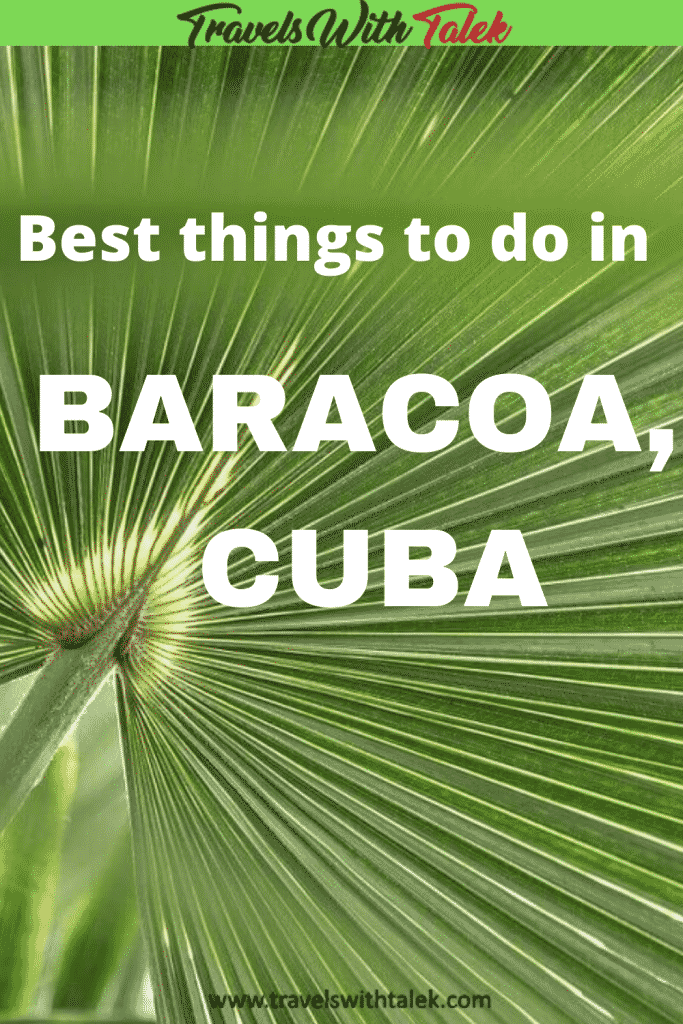
TO PINTEREST!

BTW, if you are getting ready for your trip, make sure to take advantage of these useful, money-saving links to book your trip:
- Research and book your flight with Skyscanner. I have found them to be the best because they list all airlines including the budget ones. You are always sure of having researched all options.
- For car rental around the world, Discover Cars has flexible pickup and drop-off options, I recommend Discover Cars.
- Book your accommodation with Booking.com. I find they have a wide selection and a nice, user-friendly, transparent website.
- Protect your trip and, more importantly, protect yourself with travel insurance. I use Travelinsurance.com and have been very happy with them.
- For more general tours to any destination or attraction, book with Viator. Check them out.
- Need a visa? Get your visa for all countries with Passport Visa Express.
- Looking for a cool walking tour to explore a city? My favorite walking tours are offered by Take Walks.
- Food and drink tours are the best way to enjoy a city. And Devour Tours are my favorite.
- Looking for a good VPN to protect your security, privacy and freedom online while traveling? Nordvpn is your best option.
- The best and most economical way to stay connected while traveling is with an Airalo eSIM.
I personally use, and can recommend, all the companies listed here and elsewhere on my blog. By booking through these sites, the small commission we earn – at no cost to you – helps us maintain this site so we can continue to offer our readers valuable travel tips and advice.





